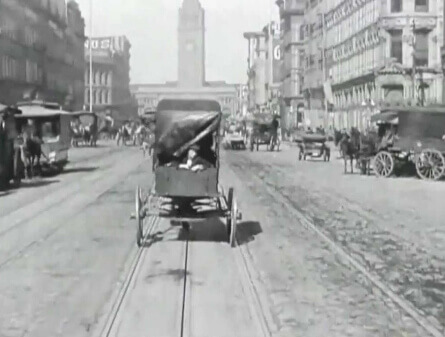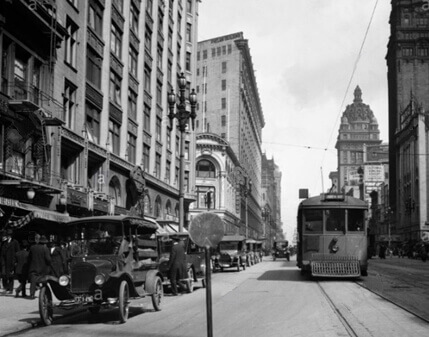The 20th century saw the rise of incredible technological advancements that propelled
mankind into a new era. The start of the 21st century so far is no different with the
rise of the Internet, data, eCommerce… and the advent of driverless cars.
In the automotive industry, these phenomena are intertwined in a landscape of drastic changes and opportunities. The recent pandemic-riddled reality has forced manufacturers to quickly adapt to new retail strategies and identify new opportunities within their network of dealers to better serve their customers in this new normal.
As for autonomous cars, despite still being a work-in-progress, they are already being road-tested. What once seemed to be the work of creative science-fiction is fast becoming a reality.
What this means is one important thing; the automotive industry is investing in digital transformative technologies, machine-learning and automation. As the industry is rapidly changing, so do retail strategies and the way companies work with their network partners.
Rapid changes require rapid responses to underlying business models and processes. In order to help their dealers adapt to these changes, companies need to harness a variety of information to leverage in their forecasts and decision-making.
Amid the spread of a deadly virus, both centuries kicked off in a similar manner: A major disruption in the transportation industry.
Below, the photos show Market Street, San Francisco in 1900 (left) and 1920 (right). Notice anything different?


In 1900, horses and horse-riding carriages spread for as far as the eye could see. Fast track to 20 years later? Cars had invaded the streets of San Francisco and every other major city in the US.
Not a single horse in sight.
The point here is that for thousands of years, horses were humanity’s main way of transportation. It only took 15 – 20 years for the transportation industry to be completely disrupted.
Horses and carriages had a vast industrial structure meticulously laid out beneath them; places to keep them in the cities, places to feed them, clean them, heal them, cleaning up after them…
Until they all went away.
Technologically, automobiles presented overwhelming advantages; cleaner, easier to care for, no emotional needs, no need to rest. But more specifically, they were more cost-effective with better performance and less money and time needed to be invested in.
As a result, the horse trade and care industries became obsolete. At the time, millions of workers learned to adapt to a rapidly growing industry on the brink of worldwide success.
Since the early 2010s, most major tech companies have shifted their focus to digital transformation through a range of technology including machine learning and automation. The automotive industry is no different.
Back during the industrial revolution, industries got vastly reshaped by automation with machines that could essentially replace and outperform human manual work. The information revolution on the other hand, gave companies access to more and more relevant data that allowed them to re-think and transform their retail and product strategies.
While we talk about autonomous cars today, the trend started a while ago in the industry with the following technological breakthroughs:
Growth-oriented manufacturers strive relentlessly when developing a strong working relationship with their network of dealers to drive performance improvement in Sales, Fixed Operations and Customer Service.
Now more than ever, it is important for them to be flexible and equipped with accurate data to react and adapt to changes that could disrupt wholesale strategies.
From online sales to vehicle pick-up for servicing, dealers have to adjust in an ever-changing environment. With the rise of eCommerce accelerated by stay-at-home government directives, many manufacturers need accurate data to develop an accurate predictive analytics model to attract technologically savvy customers.
Areas of opportunity for manufacturers to leverage technology and manage their retail and service network successfully include:
